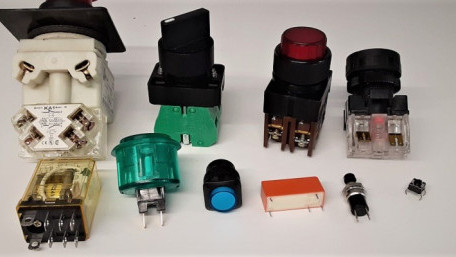
Before digital control systems, responses were fairly slow. Push a button, and a motor contactor engaged. These days, the speed of computers introduces some new…
Before digital control systems, responses were fairly slow. Push a button, and a motor contactor engaged. These days, the speed of computers introduces some new challenges but brings solutions as well.
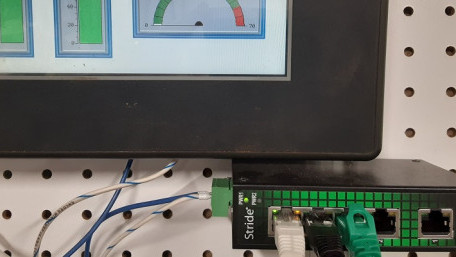
Modbus is a communication protocol stemming from the early days of Modicon PLCs, but is still common today. These two…
Modbus is a communication protocol stemming from the early days of Modicon PLCs, but is still common today. These two example implementations of Modbus transactions will get you started.
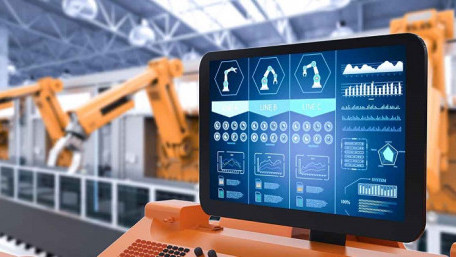
The objective of predictive maintenance is to foresee potential machine failure with the help of machine learning…
The objective of predictive maintenance is to foresee potential machine failure with the help of machine learning algorithms provided with vast quantities of data.
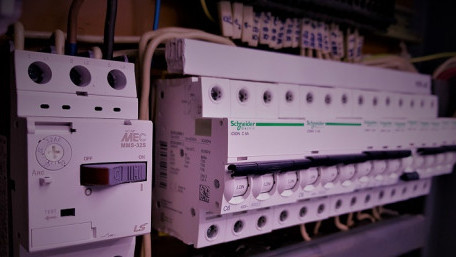
Labels are such a small detail in the world of robotics and automation, they are often given very little attention.…
Labels are such a small detail in the world of robotics and automation, they are often given very little attention. However, they play a vital role in proper system function - from installation to troubleshooting.
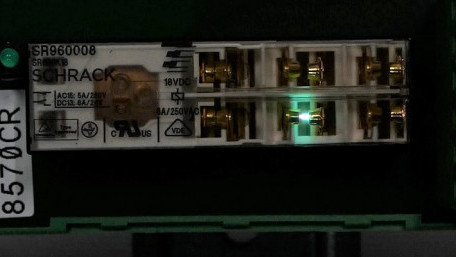
Inductive loads, such as solenoids and contactors, can cause arcs and failures back into electromechanical switching…
Inductive loads, such as solenoids and contactors, can cause arcs and failures back into electromechanical switching devices, causing costly downtime. The solution is cheaper than you think.
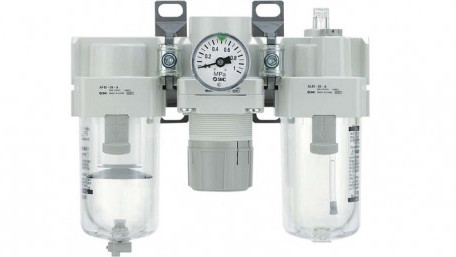
Moisture inside industrial pneumatic systems is a major cause for concern, and if the air is not filtered or dried…
Moisture inside industrial pneumatic systems is a major cause for concern, and if the air is not filtered or dried properly, it can lead to serious failures.
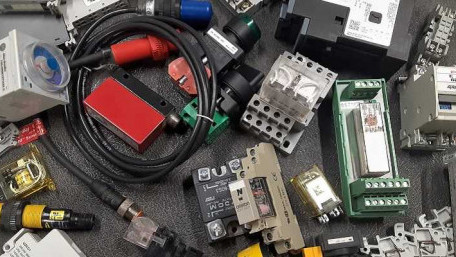
Failures of I/O systems are a common source of headache for control engineers. Troubleshooting those devices that have…
Failures of I/O systems are a common source of headache for control engineers. Troubleshooting those devices that have polarized connections (source vs sink, and NPN vs PNP) is a technique worth refining.
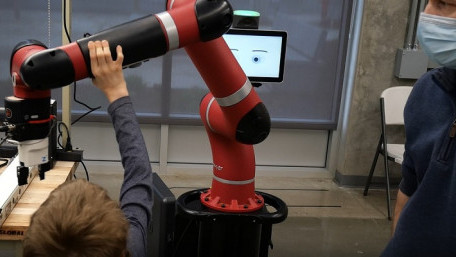
We've read about the capabilities of collaborative robots, but often, one question still remains - how do you program a…
We've read about the capabilities of collaborative robots, but often, one question still remains - how do you program a cobot? Last week, I got a chance to get my hands on a cobot for the first time.

The fourth pillar of effective statistical process control (SPC) is the use of designed experiments used to learn as much…
The fourth pillar of effective statistical process control (SPC) is the use of designed experiments used to learn as much as possible from a limited number of experiments, yet remain statistically relevant enough to be useful.
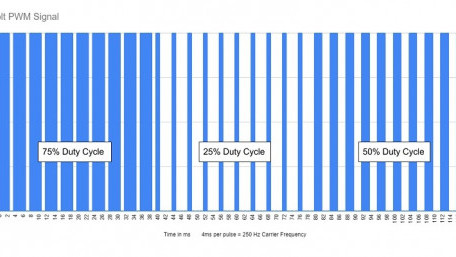
Power delivered to devices can be changed by raising or lowering the voltage and current. But this method does not always…
Power delivered to devices can be changed by raising or lowering the voltage and current. But this method does not always produce intended results. Pulse width modulation (or PWM) can be used to better control variable loads.
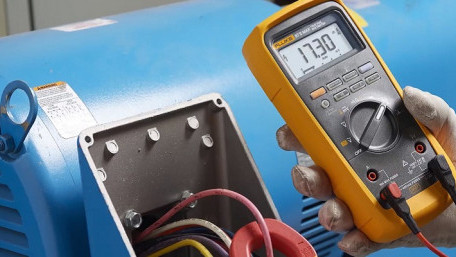
Analog and digital multimeters have both enjoyed popularity in different generations of electrical systems. What is…
Analog and digital multimeters have both enjoyed popularity in different generations of electrical systems. What is unique about the analog meters, and in what situations might they be preferred over their digital counterparts?
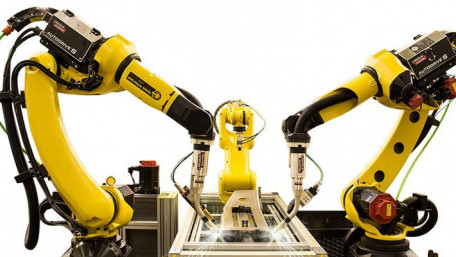
FANUC robots, as with most other brands, are designed to be used in a wide variety of applications. Learn the common…
FANUC robots, as with most other brands, are designed to be used in a wide variety of applications. Learn the common programming concepts and features along with an example of a motion program.
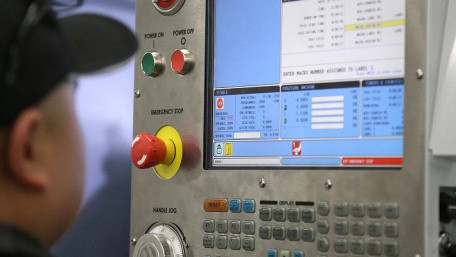
Statistical process control (SPC) allows for continual improvement process (CIP), a method of optimizing a process driven…
Statistical process control (SPC) allows for continual improvement process (CIP), a method of optimizing a process driven by data and statistical methods.

Learn how control charts are used in statistical process control (SPC) to show how a process changes with time as…
Learn how control charts are used in statistical process control (SPC) to show how a process changes with time as compared to past measurements, providing reliable visualizations for data-driven decisions.
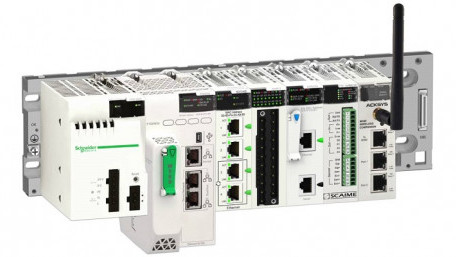
What is a PLC? This article will lay out a succinct definition of a programmable logic controller and explain its basic…
What is a PLC? This article will lay out a succinct definition of a programmable logic controller and explain its basic components.
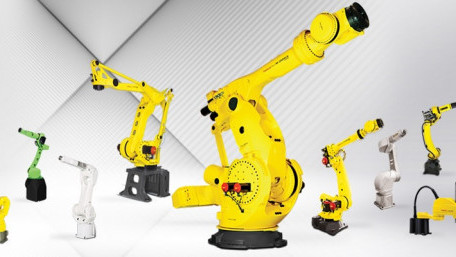
FANUC has a wide variety of different product lines to accommodate nearly any automation environment, with its own flavor…
FANUC has a wide variety of different product lines to accommodate nearly any automation environment, with its own flavor of structured text programming language.
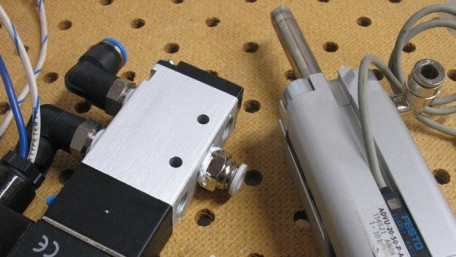
Pressure and flow rate are terms used in all areas of hydraulic and pneumatic systems. Learn the definition and science…
Pressure and flow rate are terms used in all areas of hydraulic and pneumatic systems. Learn the definition and science of these terms, and the reason they are so important within industry.
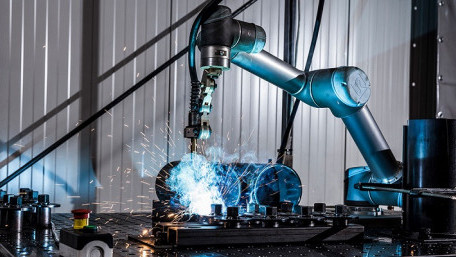
Robots as a service (RaaS) can open the door to automation for small to mid-sized companies that are looking to automate…
Robots as a service (RaaS) can open the door to automation for small to mid-sized companies that are looking to automate a process without a large upfront capital investment.
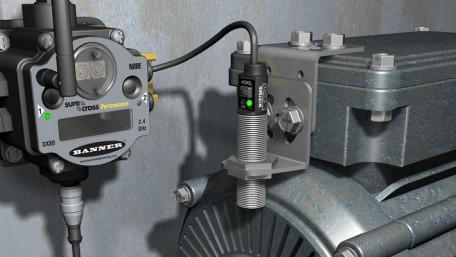
Statistical process control (SPC) is meaningless without the proper collection and analysis of data. For some process…
Statistical process control (SPC) is meaningless without the proper collection and analysis of data. For some process parameters, this is a simple task. But not every part of a process is driven by simple, quantitative parameters.
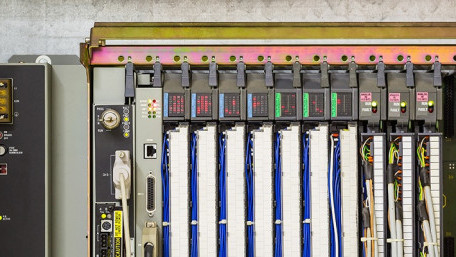
In the late 1960s, a revolution in manufacturing became a reality when the first Programmable Logic Controller (PLC) was…
In the late 1960s, a revolution in manufacturing became a reality when the first Programmable Logic Controller (PLC) was developed. We’ll examine the early history of the PLC - not just the technology, but also the inspiration of the inventors as well.
